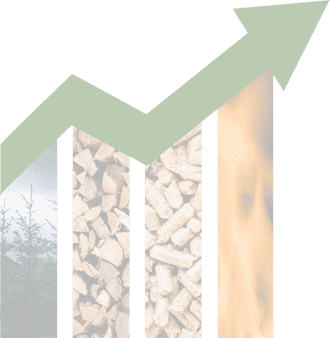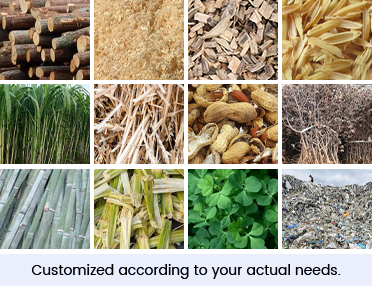Introduction & Principle
Activated carbon rotary kiln is one of the equipment with a high utilization rate for processing activated carbon. It is high-end equipment filled with advanced technology. An activated carbon rotary kiln has so many advantages such as advanced technology, simple operation, low carbon discharge, large production capacity, and high work efficiency.
Activated carbon is a kind of carbon with a special microcrystalline structure, which has the advantages of a developed pore structure, a huge specific surface area, and strong adsorption performance. It is widely used in various industries and fields.
There are many kinds of raw materials for the activated carbon production, and almost all carbon-containing materials can be used as raw materials, such as wood, sawdust, coal, walnut shell, apricot shells, fruit stone, coconut shell, oil palm, bamboo, palm kernel, petroleum coke, and so on. Coconut and walnut shells are generally considered the best materials. Activated carbons from them have high strength and very fine pores. Most of these raw materials are cheap and easy to obtain, coupled with the simple production process and a broad market. These carbonaceous materials are converted into activated carbon through pyrolysis under high temperature and certain pressure, and raw materials with different carbon content require different production ratios. Among them, some shell raw materials require de-ash pretreatment.





























